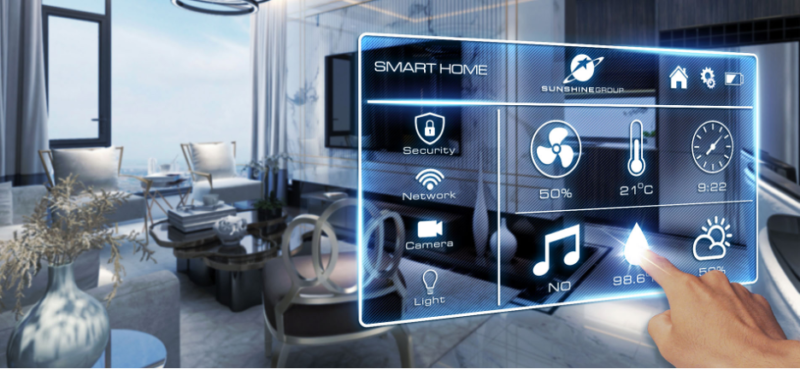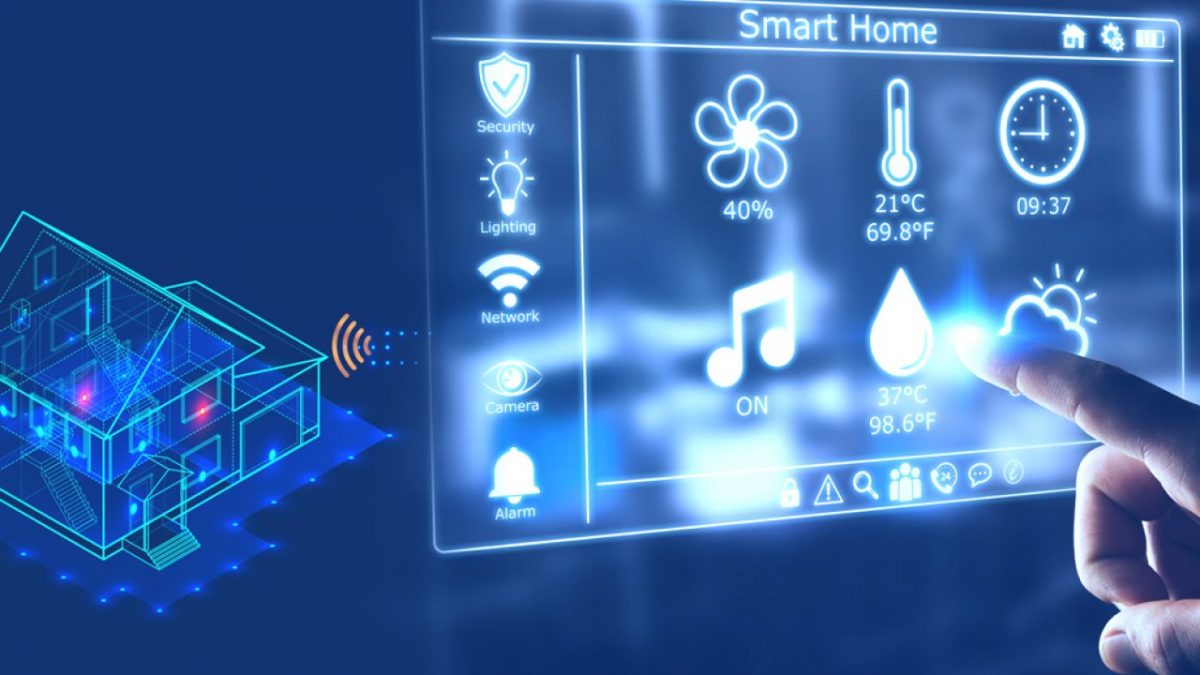In today's rapidly evolving world, ensuring the safety and security of both your home and business is paramount. With the technological advancements in security systems, smart security camera placement tips have become crucial for maximizing the efficacy of these devices. By strategically placing security cameras, homeowners and business owners can significantly enhance their surveillance capabilities, providing peace of mind and deterring potential threats.
The importance of smart security camera placement tips cannot be overstated. Whether you're a homeowner looking to safeguard your family or a business owner aiming to protect your assets, understanding the nuances of camera placement is vital. In this comprehensive guide, we'll explore essential tips and strategies to ensure your security cameras are optimally positioned for maximum coverage and effectiveness.

Why Camera Placement Matters
The placement of security cameras plays a pivotal role in their ability to monitor and record activity effectively. Poorly positioned cameras can lead to blind spots, making your property vulnerable to unauthorized access and criminal activity. By following these smart security camera placement tips, you can ensure that your cameras provide comprehensive coverage and capture critical footage when needed.
Moreover, strategic camera placement can act as a powerful deterrent. Visible cameras are known to discourage criminal behavior, as potential intruders are less likely to target properties that are under surveillance. This is particularly important for businesses, where the protection of assets and sensitive information is crucial. By employing the right placement techniques, you can significantly reduce the risk of theft, vandalism, and other security breaches.
Key Areas for Camera Placement
1. Entry Points
One of the most critical areas to focus on is the entry points of your property. Doors, windows, and gates are common access points for intruders, making them ideal locations for security cameras. By installing cameras at these locations, you can monitor who enters and exits your property, providing valuable evidence in the event of a security breach. For more insights on ensuring home security through strategic gateway placement, check out this article.
2. Driveways and Parking Areas
Driveways and parking areas are also essential locations for camera installation. These areas often provide the first point of contact for visitors and potential intruders. By monitoring driveways and parking lots, you can keep track of vehicles entering and leaving your premises. This is especially important for businesses, where employee and customer vehicles are often parked. Learn more about securing your property by reading this insightful piece.
3. High Traffic Areas
Monitoring high traffic areas within your home or business is crucial for ensuring the safety of occupants and detecting any suspicious activity. Hallways, staircases, and common areas should be equipped with cameras to provide a comprehensive view of daily activities. This is particularly important for businesses, where monitoring employee and customer interactions can help prevent theft, harassment, and other security concerns.
4. Perimeter Surveillance
Perimeter surveillance is essential for detecting potential threats before they reach your property. Installing cameras along the perimeter of your home or business can provide early warning signs of unauthorized access. For businesses with large outdoor areas, such as warehouses or construction sites, perimeter surveillance is crucial for preventing theft and vandalism. Enhance your understanding of smart home security by exploring this guide.
Tips for Optimal Camera Placement
1. Height and Angle
When installing security cameras, it's essential to consider the height and angle of each device. Cameras should be mounted high enough to avoid tampering but low enough to capture clear footage of individuals' faces. The optimal height is typically between 8 to 10 feet, depending on the location. Additionally, adjusting the angle of the camera can help eliminate blind spots and ensure comprehensive coverage.
2. Lighting Conditions
Lighting conditions can significantly impact the quality of footage captured by security cameras. It's important to consider natural and artificial lighting when positioning cameras. Avoid placing cameras directly facing strong light sources, as this can cause glare and reduce image quality. Instead, position cameras to take advantage of available light, ensuring clear and detailed footage. For more tips on optimizing smart home devices, check out this informative article.
3. Weather Protection
Outdoor cameras should be equipped with weatherproof housing to protect them from the elements. Rain, snow, and extreme temperatures can damage sensitive electronic components, leading to malfunction and reduced efficacy. When selecting outdoor cameras, ensure they are rated for your climate and can withstand harsh weather conditions. For more information on maintaining smart home security, visit this resource.
4. Regular Maintenance
Regular maintenance is crucial for ensuring the longevity and performance of your security cameras. Periodically inspect and clean camera lenses to prevent dirt and debris from obstructing the view. Additionally, check for any signs of wear and tear, and replace damaged equipment promptly. By conducting routine maintenance, you can ensure your cameras remain in optimal condition, providing reliable surveillance.
Advanced Camera Placement Strategies
1. Utilizing Motion Detection
Modern security cameras often come equipped with motion detection capabilities, allowing them to trigger alerts and start recording when movement is detected. By strategically placing cameras with motion detection in key areas, you can minimize false alarms and focus on capturing relevant activity. This feature is particularly useful for monitoring less frequented areas, such as storage rooms or back entrances.
2. Integrating with Smart Home Systems
Integrating security cameras with smart home systems can enhance their functionality and provide seamless control. By connecting cameras to smart hubs or voice-activated assistants, you can easily manage your security system from a single interface. This integration also allows for real-time alerts and remote access, enabling you to monitor your property from anywhere. For a comprehensive guide on smart home integration, explore this resource.
3. Leveraging Cloud Storage
Cloud storage offers a secure and convenient way to store surveillance footage, ensuring critical data is not lost due to hardware failure or damage. By utilizing cloud storage solutions, you can access recorded footage remotely, providing flexibility and peace of mind. This is particularly beneficial for businesses, where long-term data retention may be required for compliance and legal purposes.
Conclusion
Implementing these smart security camera placement tips can significantly enhance the safety and security of your home or business. By strategically positioning cameras in key areas, considering factors such as height, angle, and lighting, and integrating advanced features, you can optimize your surveillance system for maximum effectiveness. For more insights on creating a secure smart home environment, check out this comprehensive guide.

Frequently Asked Questions
1. What is the ideal height for security camera placement?
The ideal height for security camera placement is typically between 8 to 10 feet, depending on the location. This height ensures cameras are out of reach for tampering while still capturing clear footage of individuals' faces.
2. How can I minimize blind spots in my surveillance system?
To minimize blind spots, ensure cameras are strategically positioned to cover all critical areas, such as entry points, driveways, and high traffic areas. Adjusting the angle of the camera can also help eliminate blind spots and ensure comprehensive coverage.
3. How often should I perform maintenance on my security cameras?
Regular maintenance should be conducted every few months to ensure the longevity and performance of your security cameras. This includes inspecting and cleaning camera lenses, checking for signs of wear and tear, and replacing damaged equipment promptly.

